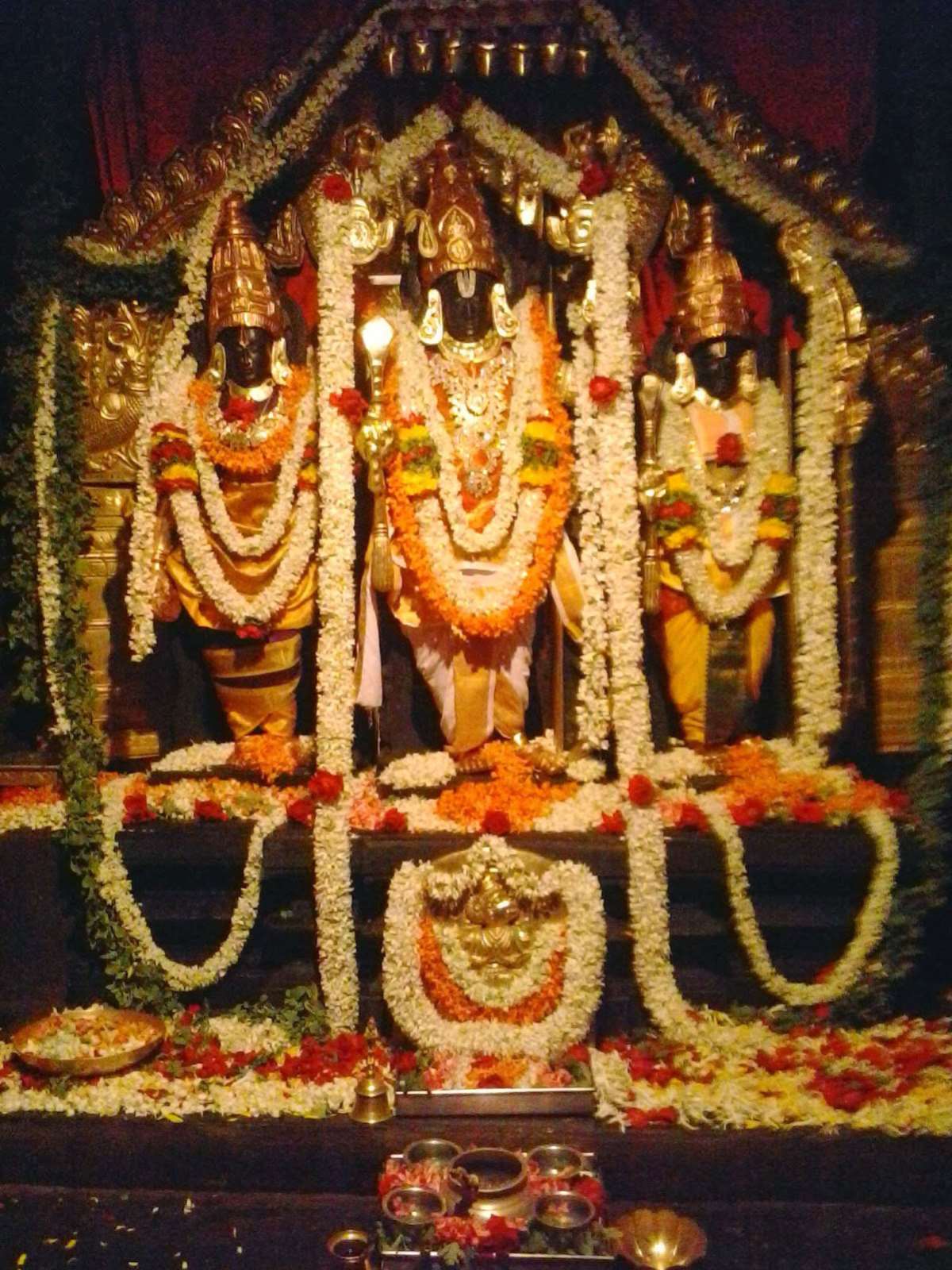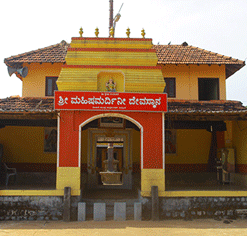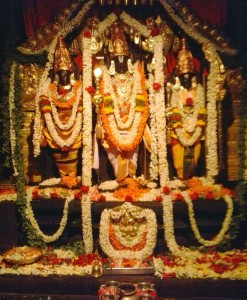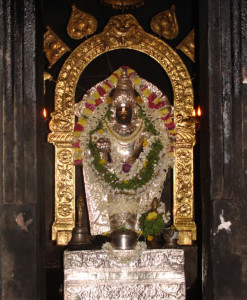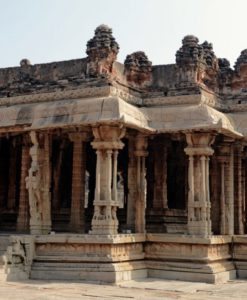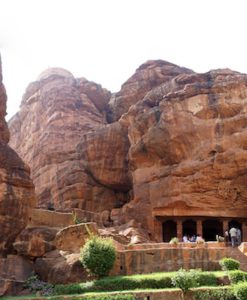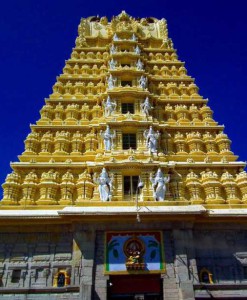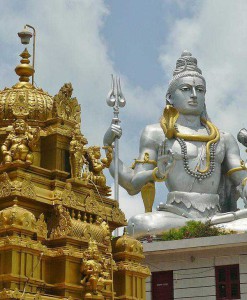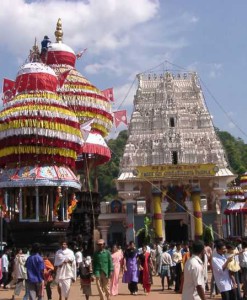No products in the cart.
Kodandaramaswami Temple is a Hindu shrinelocated at Hiremagalur near Chikkamagaluru, in Chikkamagaluru district, Karnataka, India. The temple deity is called Kodandarama, as Rama, and his brother Lakshmana are depicted holding arrows.
The temple is State protected and appears to have been constructed in three stages, with its garbhagrha and sukhanasistructures in the Hoysala style. The remaining portions are additions in Dravidian style. The present navaranga is of the 14th century. While the mukhamandapa may be of the 16th century. The outer walls of the garbhagruha and vestibule are raised on a square basement which consists of six cornices. The outer walls of the navaranga and mukhamandapa are built with brick and mortar. The projection of the vestibule appears to be of the 17th century.
Kodandaramaswami Temple, Chikmanglur
According to sthalapurana, or local legend, proud Purushottama was subdued at Hiremagalur by Rama. Purushottama requested Rama to show him the scene of his (Rama’s) marriage. Therefore Sita stands to Rama’s right side and Lakshmana to his left, as per the tradition in Hindu marriage ceremonies. Perhaps this is the only temple where Sita and Lakshmana are positioned like this, as popular renderings of the trio (Rama, Lakshmana, and Sita) depict Sita to Rama’s left. The idols are best described by the poet Sri. Da. Ra. Bendre: “All the three idols appear to be walking towards the viewer looking at the placement of their feet. The sculptor has carved intricately the crown, jewellery and the positions of the bodies. Sita’s posture, eyes looking down, her jewellery are sculpted really well.”
Legends say that the place was the residence of nine siddhas who performed penance near a pond in the village known as Siddha Pushkarni and that as Parashuramatoo lived here, it was called Bhargavapuri, or “town of Bhargava (Parashurama).
The Garbhagraha and Sukhanasi were constructed in the Hoysala style, while most of the other constructions are in the Dravidian style. The navaranga and mukhamandapa were later additions. These are surrounded by a wall made of brick and mortar.
Inside the sanctum, on a Hanuman pedestal, there are the figures of Rama, Lakshmana and Sita. Unusually, Sita is placed to Rama’s right in this temple. It is believed that a devotee Puroshottama expressed a wish to see Rama and Sita’s wedding and he was granted the wish. As the bride in traditional Hindu marriage sits to the right of the groom, this position, it is believed, is reflected in the Garbhagraha.
Rama and Lakshmana are depicted with their bows and arrows here. As Rama’s bow is called Kodanda, this temple is known as Kodandarama Temple.
In the prakaram there are small shrines for Yoganarasimha, Sugriva, Kalinga Mardhana Krishna, Ramanujacharya, Madhvacharya ad Vedanta Desika. A four foot-high figure of Yoganarasimha has a Prabhavathi on which are sculpted the ten avatars of Lord Vishnu.
The outer walls of the Garbhagraha and Sukhanasi are sculpted with figures of the various forms of Vishnu like Hayagriva, Narasimha, and Krishna. There are also figures of Lakshmi, Hanuman, Garuda and Ganapati.
Chikkamagalur is located at a distance of 250 km from Bangalore. Get a bus to Chikamagalur, and from there, you can take a bus to Hiremagalur.
Timings: 9:00 am to 8:00 pm
Some of the major festivals celebrated annually include Ram Navmi, Janmashtami, Shivratri, Holi, Ganesh Chaturthi and Diwali. Marking the Hindu New Year, Diwali is one of the grandest Hindu festivals, and attracts many visitors and devotees to the mandir.

